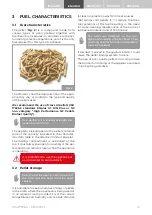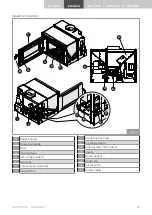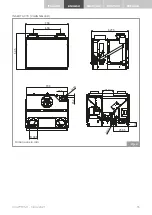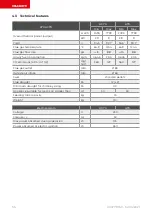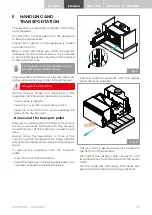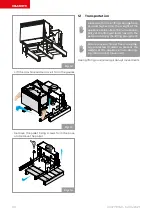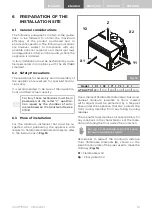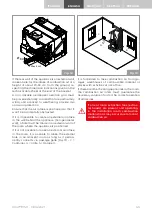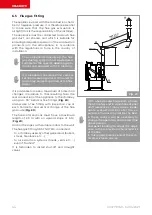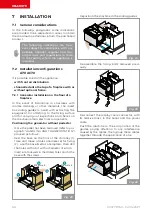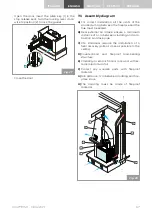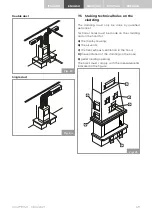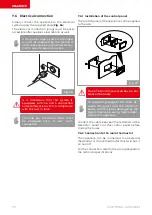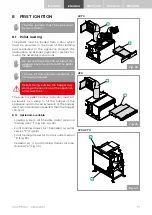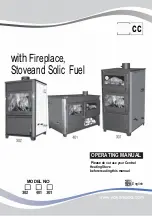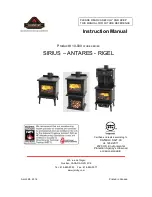
ITALIANO
ENGLISH
FRANÇAIS
004778740 - 14/06/2021
65
DEUTSCH
ESPAÑOL
6.6 Roof exhaust with traditional
fireplace
The flue for flue gas discharge must be carried
out by qualified personnel in compliance with
the UNI 10683- EN 1856-1-2- EN 1857- EN 1443- EN
13384-1-3- EN 12391-1 standards both regarding
the dimensions and the materials used in its
construction.
The flue gas discharge through a traditional
chimney (
Fig. 21
)
can be carried out as long as
the following rules are complied with:
• check the state of maintenance of the chimney;
in the case of an old chimney, it is advisable to
restore it by introducing a suitably insulated
steel pipe (rockwool, vermiculite).
• the flue gas can be discharged directly into the
chimney only if the latter has a maximum sec-
tion of 15 × 15 cm or a diameter of 15 cm and is
equipped with an inspection door.
The flue gas exhaust must be on the roof.
Fig. 21
A)
Wind-proof cowl
B)
B) Maximum section of 15 x 15 cm or diameter
15 cm and maximum height of 4 - 5 meters
C)
Seal
D)
Inspect
If the chimney has a larger section, it
must be “intubated” with a suitably in-
sulated steel pipe (with diameter suita-
ble for the route)
(Fig. 22)
.
Make sure that the connection to the brickwork
chimney is properly sealed.
Avoid contact with combustible materials (e.g.
wooden beams) and in any case insulate them
with fireproof material.
In case of pipes that pass through
wooden roofs or walls, it is recommend-
ed to use special certified ducting kits
commonly available on the market.
1
3
2
Fig. 22
1)
Vermiculite and/or rockwool.
2)
Steel piping
3)
Closing panel

